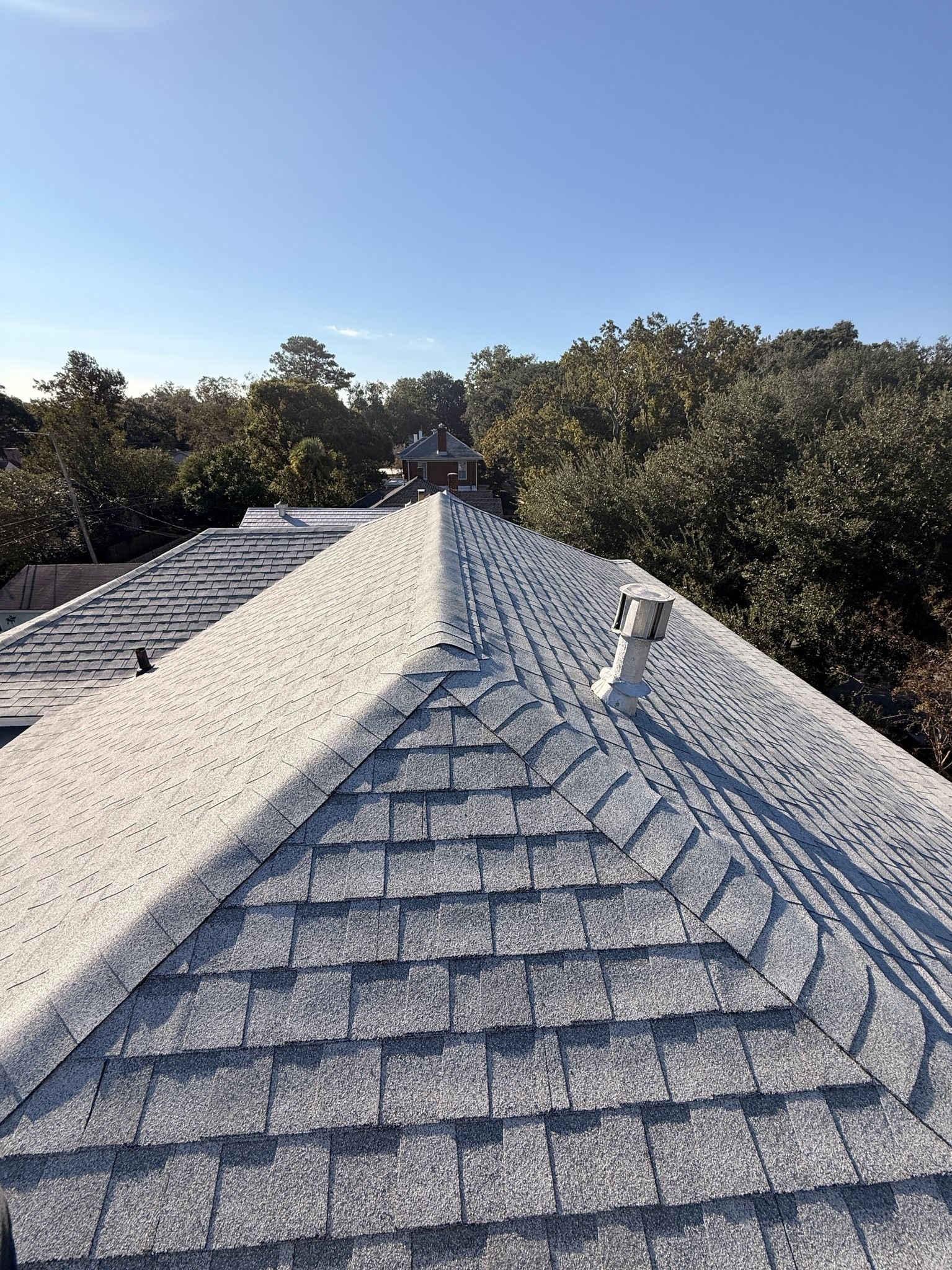The Case for Lightweight Roofing Materials
Admin • February 4, 2021

Roofing materials vary in weight. The different weights affect your roof's system in different ways. Even though each material has its pros and cons, below are some reasons you should opt for lightweight materials.
Low Risk of Collapse
Lightweight roofing materials present a lower risk of collapse than heavy materials. The low risk of collapse means lightweight roofing materials are relatively safe in certain disasters. Consider these three situations.
1. Aging Roofs
Building structures, including roof structures, weaken as they age. The metals corrode, wood rots and other materials deteriorate. After some time, heavy roofing materials might overwhelm the support structures and trigger a collapse.
2. Seismic Activities
Seismic activities, such as earthquakes, pose higher risks to heavy roof structures than light roof structures. If the ground shifts, for example, heavy roofing materials might slide off their bases.
3. House Fires
Both lightweight and heavy roofing materials can withstand fire damage. However, if a fire starts inside the house (as most fires do), the risk of collapse is high in heavy roofs. The high risk is because the weight might overwhelm the fire-damaged and weak support structures.
Firefighters understand this risk, which is why they typically fight fires on houses with heavy roofs from the outside. Unfortunately, the inability to fight a fire from inside the house also hampers the firefighting efforts.
Easy Transportation
Lightweight roofing materials are easier to transport than their heavier counterparts. In most cases (but not all), the heavy materials are also bigger (thicker) than other materials. Don't forget that trucks have weight limitations that determine their maximum cargo weight.
The transportation difficulties are why some heavy roofing materials, such as slate and tile, are costly. The roofing manufacturers typically pass on the transportation costs to consumers.
Easy Installation
Lightweight roofing materials are also easier to install than heavy materials. Moving materials onto the roof, carrying them around, and generally handing lightweight materials is easy. With the reduced struggle, workers can install lightweight materials fast. The reduced hours can lead to lower roofing costs.
Minimal Support Structures
The final roofing material, such as slate or asphalt shingle, is just one piece of the puzzle. A typical roof is a multilayered structure, including support systems. The support structures include things like struts, beams, and rafters. The support structures bear the overall weight of the roof. Thus, heavy roofing materials call for sturdier support structures than lightweight materials.
Energy Efficiency
Lightweight roofing material can be energy efficient in a hot climate. These materials have low thermal mass, which means they don't absorb or store too much heat. The little heat they absorb during the day also dissipates fast at night. Thus, you don't have to use too much energy to cool your house as you would with heavy roofing materials.
Eco-friendliness
Eco-friendly roofing materials, such as lightweight materials, don't harm the environment much. The eco-friendliness comes in three main ways:
- Lightweight materials save on fuel consumption and related emissions during transportation.
- Lightweight materials in hot climates help to conserve energy.
- Lightweight materials often have low mass, which means they don't require as many resources to manufacture as heavy materials.
The environmental benefit from a single house might not be much. However, the cumulative benefit of thousands of houses is worth switching to lightweight materials.
Note that weight is just one aspect of roofing material selection. Other factors, such as cost and aesthetics, also matter. Discuss all these with your roofing contractor to help you make an informed decision. Alpha has over 20 years of roofing experience. Contact us
for any roofing quote, and we will get back to you with an attractive offer.


















